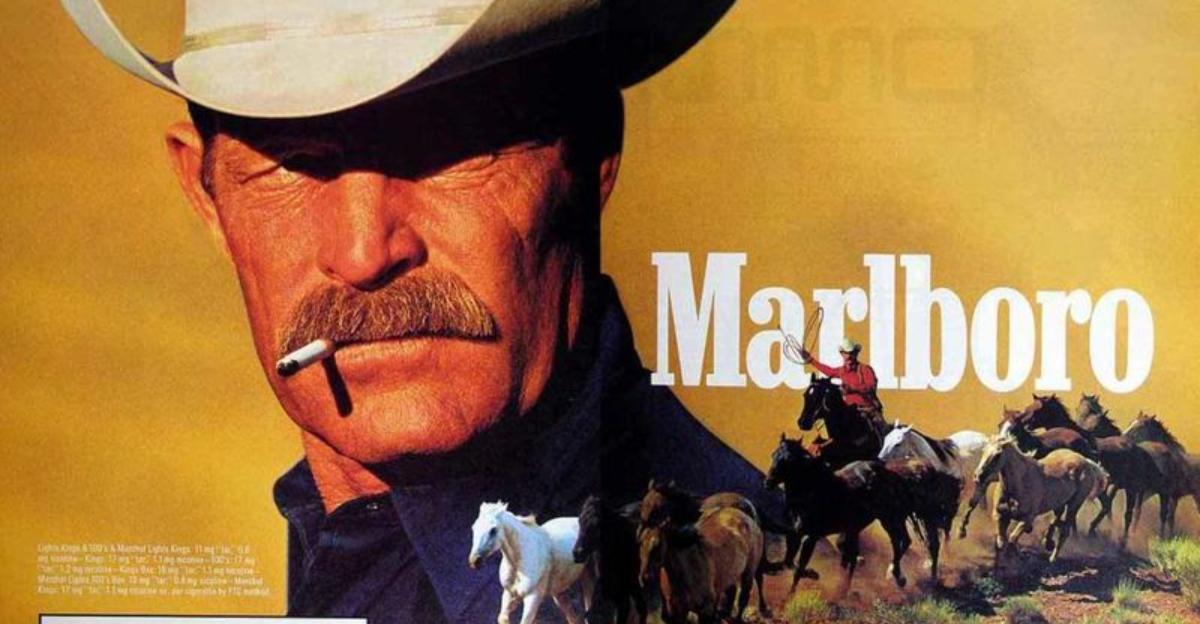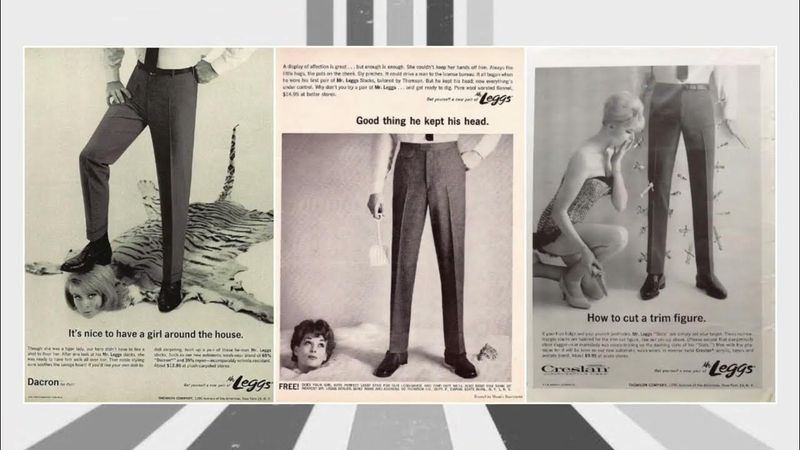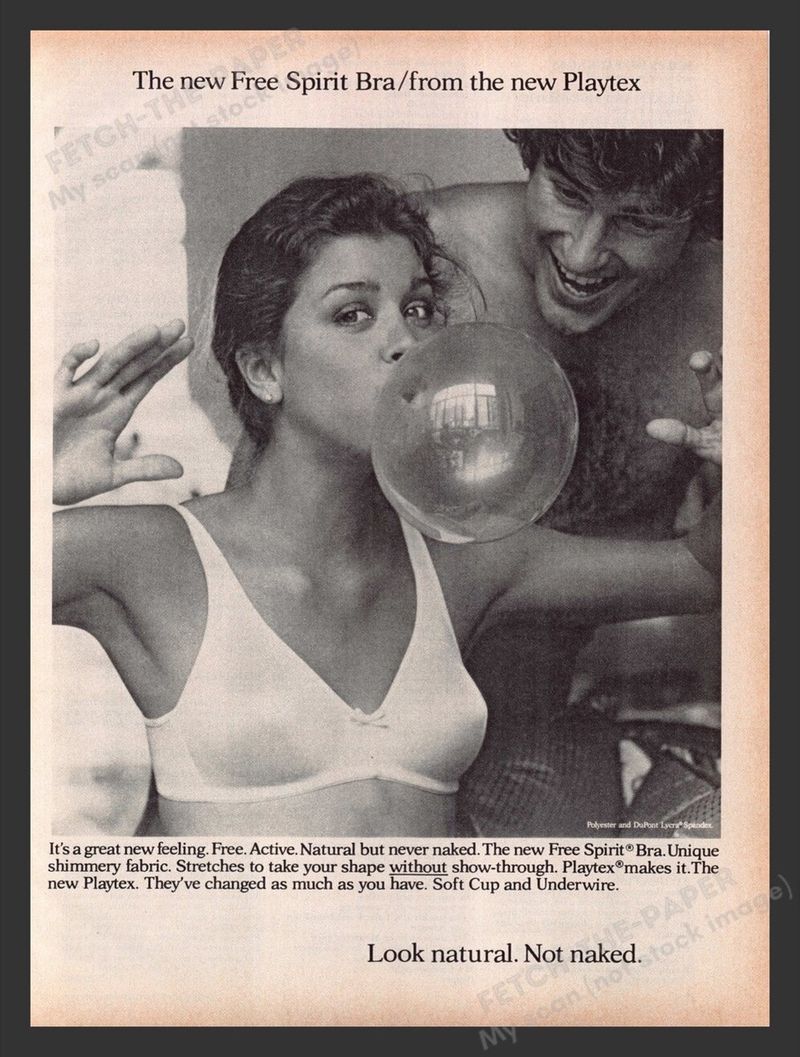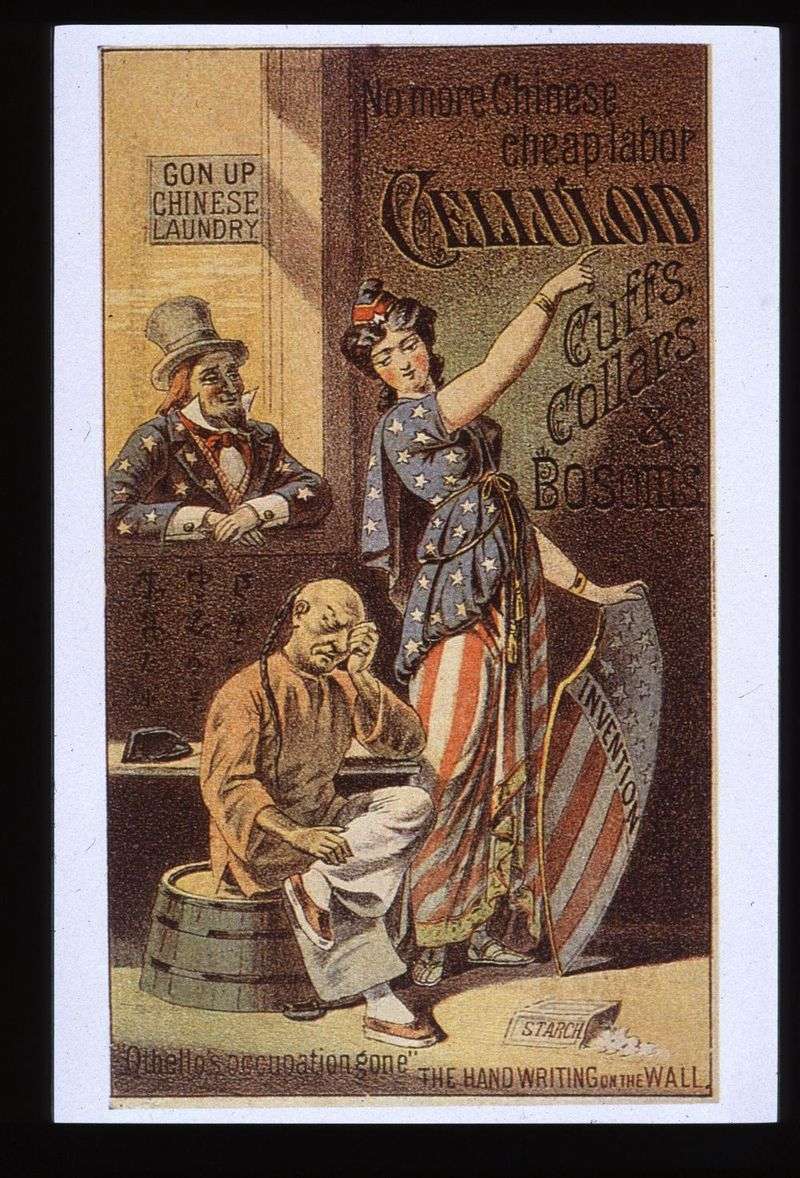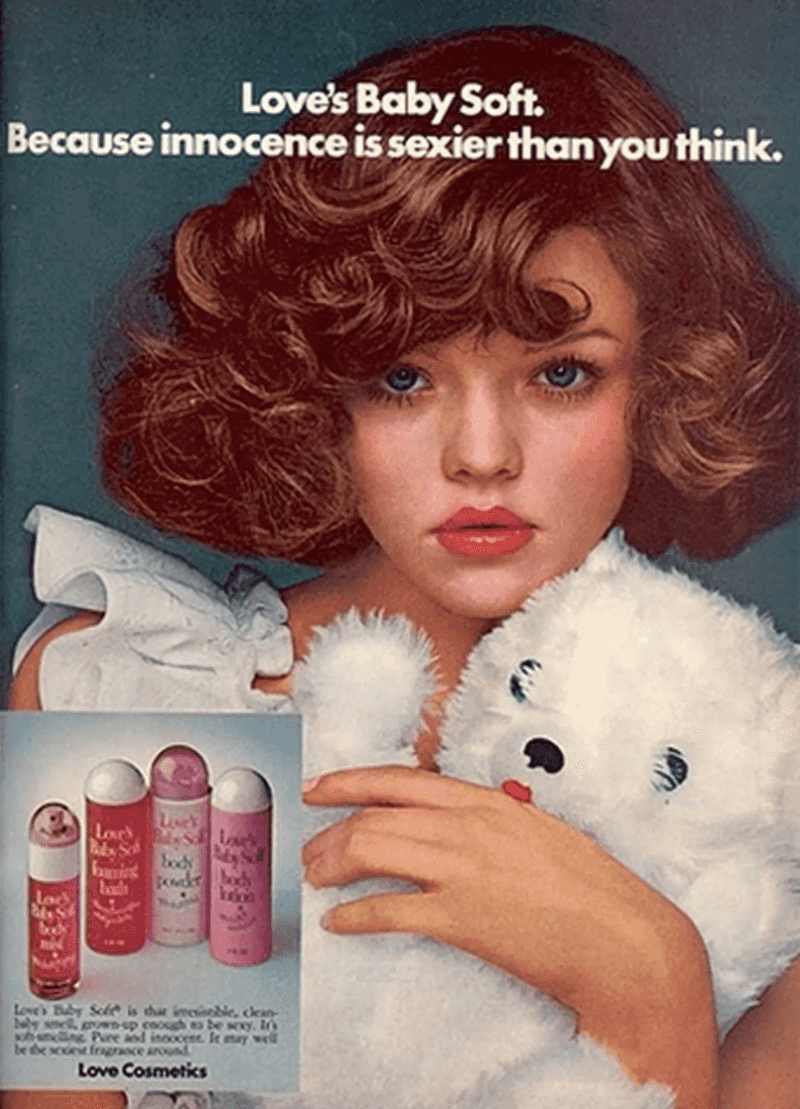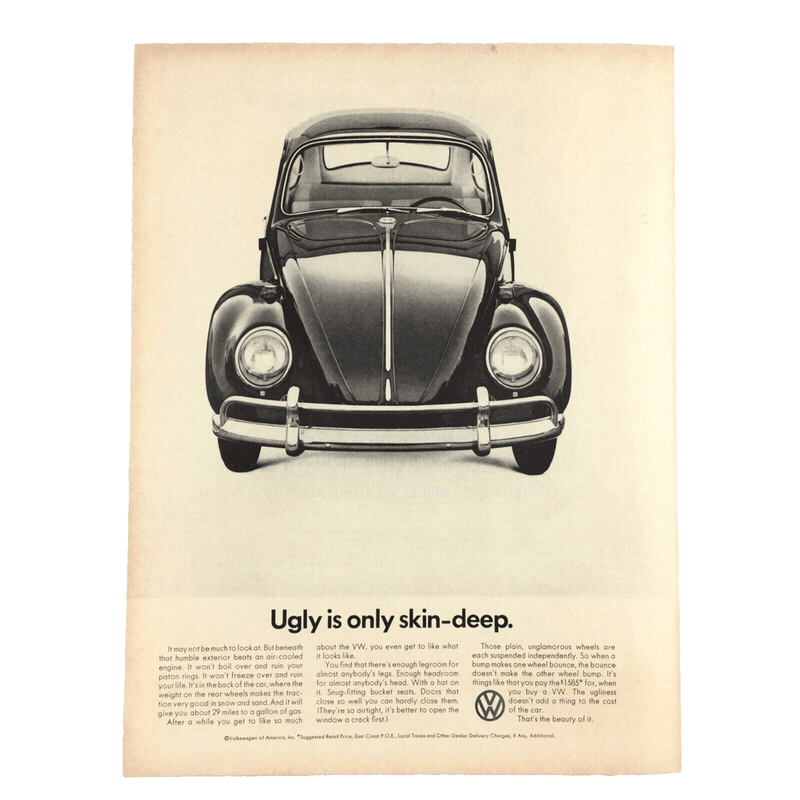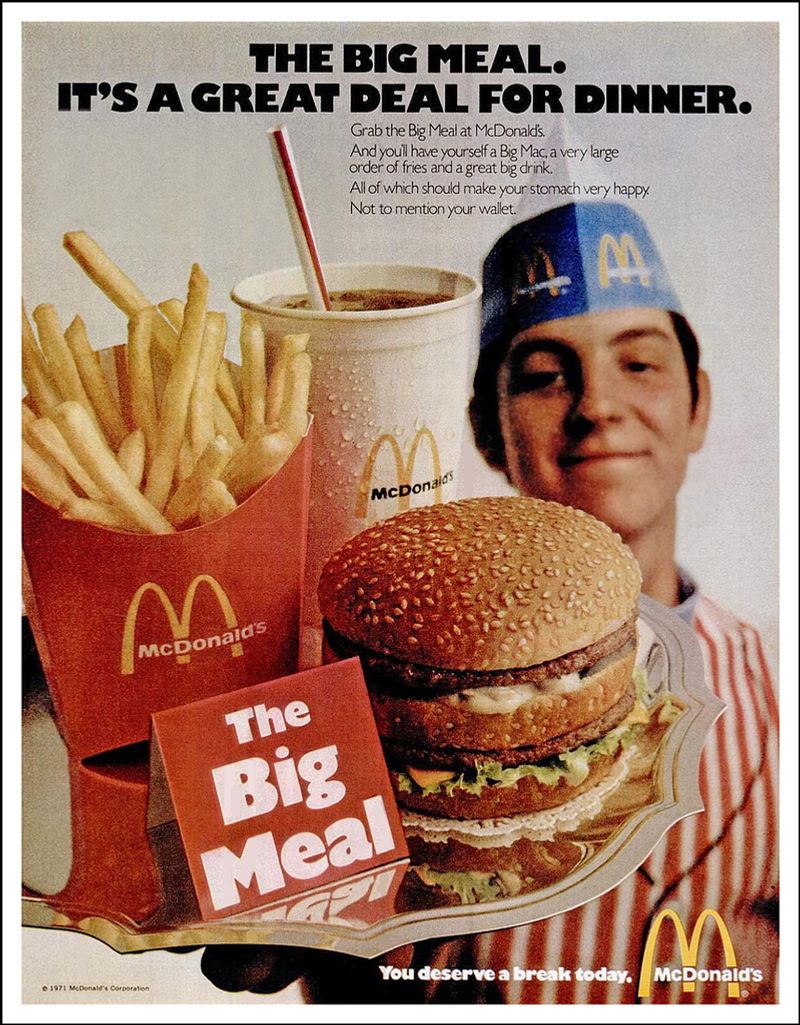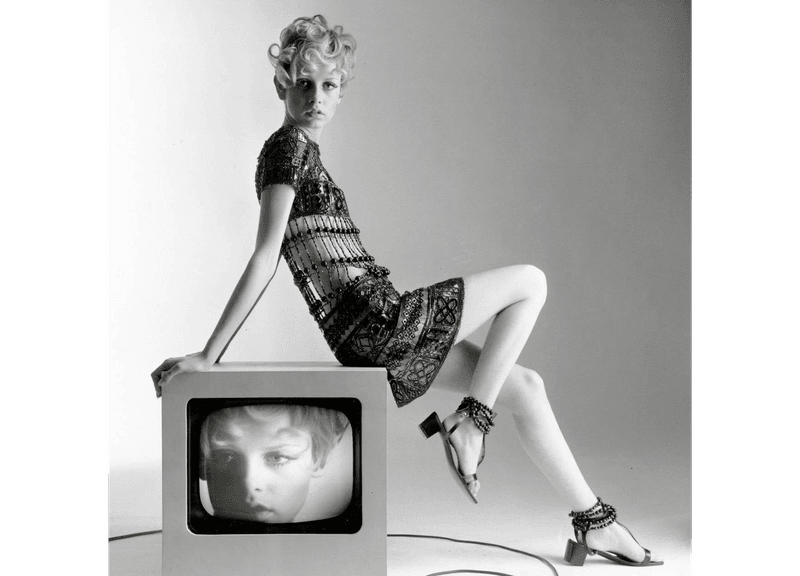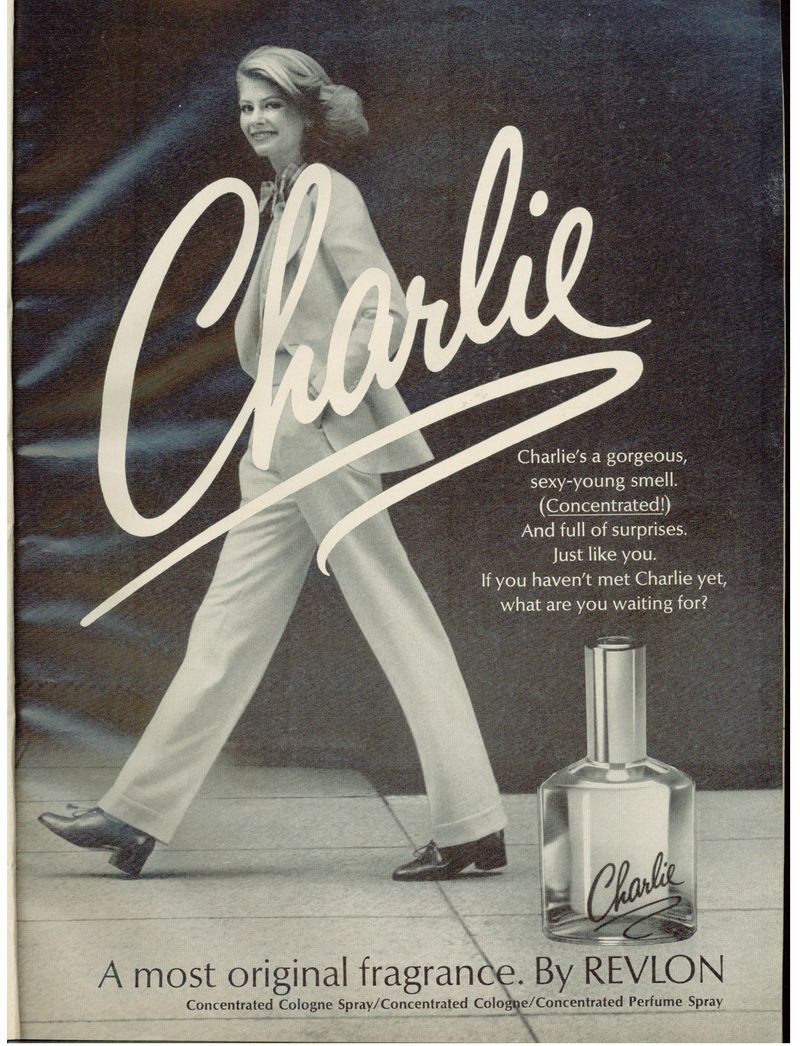The 1970s were the Wild West of advertising, where anything went and little was off-limits. Companies routinely published ads that were sexist, racist, promoted harmful health habits, or reinforced troubling stereotypes. Looking back at these marketing relics reveals just how much our social consciousness has evolved over the decades. The advertisements that once graced magazines, billboards, and television would today trigger immediate outrage, social media campaigns, and consumer boycotts.
1. Tipalet Cigarettes’ Smoke-Blowing Seduction
Nothing screams inappropriate quite like Tipalet’s infamous slogan: “Blow in her face and she’ll follow you anywhere.” The ad featured a man blowing cigarette smoke directly into a woman’s face as she gazed back adoringly.
This advertisement somehow suggested that secondhand smoke was an aphrodisiac rather than a health hazard. The messaging didn’t just promote smoking – it weaponized it as a tool for male dominance.
Modern audiences would immediately condemn this ad for its blatant sexism, promotion of harassment, and dangerous health misinformation. Any company attempting similar messaging today would face immediate public relations disaster.
2. Van Heusen’s Male Supremacy Message
Van Heusen’s dress shirt advertisement boldly proclaimed: “Show her it’s a man’s world.” The image showcased a woman serving breakfast in bed to her husband, who wore one of their crisp shirts while looking smugly satisfied with his domestic service.
The ad wasn’t subtle about its message – men rule, women serve. It reinforced rigid gender hierarchies that were already being challenged by the women’s movement of the time.
Social media would erupt if a clothing brand tried this approach today. Modern consumers expect brands to promote equality, not outdated power dynamics that reduce women to subservient roles.
3. Mister Leggs’ Woman as Trophy
Mister Leggs pants created perhaps one of the most shocking ads of the decade with their tagline: “It’s nice to have a girl around the house.” The visual? A man’s pants with a woman’s head mounted on the floor like a hunting trophy.
The advertisement literally depicted women as conquests to be displayed. This wasn’t subtle innuendo – it was a disturbing visual metaphor equating women with animals hunted for sport.
Today, this ad would be immediately condemned for promoting violence against women and objectification. The backlash would be swift and merciless, likely resulting in executive resignations and public apologies.
4. Playtex’s Male Gaze Marketing
Playtex bras didn’t bother pretending their products were about women’s comfort. Their slogan “Men Are Watching” made it clear whose attention really mattered when women chose undergarments.
The campaign featured attractive models in bras with messaging focused entirely on male approval. Not once did these advertisements mention support, comfort, or how the product might benefit the actual wearer.
Modern lingerie marketing has largely shifted toward empowerment, body positivity, and inclusivity. Today’s consumers would reject advertising that suggests women should dress primarily for male approval rather than personal comfort and confidence.
5. Pearl Cream’s Racist Caricatures
Pearl Cream skincare advertisements featured white actors portraying exaggerated Asian stereotypes with buck teeth, squinty eyes, and fake accents. The commercials used phrases like “ancient Chinese secret” while mocking Asian speech patterns.
These ads reduced an entire culture to a collection of offensive stereotypes for comedic effect. They played on Western fascination with “exotic” Asian beauty secrets while simultaneously mocking the very people they borrowed from.
Modern viewers would immediately recognize these portrayals as racist caricatures. Any brand using such imagery today would face immediate calls for boycotts, cultural sensitivity training, and leadership changes.
6. Frito Bandito’s Cultural Stereotyping
Frito-Lay’s cartoon mascot for corn chips was the “Frito Bandito” – a Mexican bandit with a gold tooth, huge sombrero, and exaggerated accent who stole chips because they were “too good to resist.” The character was voiced by Mel Blanc, famous for Bugs Bunny.
Mexican-American advocacy groups protested even in the 1970s, but the campaign continued for years. The character reinforced harmful stereotypes of Mexicans as criminals and thieves.
Today, this level of cultural stereotyping would be corporate suicide. Modern brands recognize that using ethnic caricatures as mascots is deeply offensive and harmful to communities they hope to count among their customers.
7. Benson & Hedges’ Health Dismissal
“So long, health concerns!” might as well have been the slogan for Benson & Hedges cigarettes. Their advertisements portrayed smoking as glamorous, sophisticated, and consequence-free despite growing evidence of health risks.
Tobacco companies in the 70s routinely downplayed or outright dismissed mounting scientific evidence linking smoking to cancer and heart disease. Some ads even featured doctors or health professionals enjoying a smoke break.
Today, tobacco advertising is heavily regulated in most countries. Any messaging that minimized health risks would not only spark boycotts but would likely violate advertising laws and trigger regulatory investigations and substantial fines.
8. Baby Soft’s Disturbing Innocence Campaign
Love’s Baby Soft perfume created one of the most unsettling advertising campaigns with their tagline: “Because innocence is sexier than you think.” The ads featured young models, sometimes holding teddy bears, in suggestive poses.
The campaign deliberately played on the contrast between childhood innocence and adult sexuality. One infamous ad showed a very young-looking model with the product alongside copy that sexualized youth and purity.
This campaign would immediately trigger not just boycotts but likely investigations today. Modern audiences are highly sensitive to the sexualization of minors, and any brand attempting similar messaging would face immediate and severe backlash.
9. Volkswagen’s Appearance Shaming
Volkswagen’s self-deprecating slogan “It’s ugly, but it gets you there” seems harmless at first glance. The campaign embraced the Beetle’s unconventional design while highlighting its reliability.
However, this messaging reinforced the idea that appearance trumps function and that looking different means looking wrong. The underlying message normalized appearance-based judgment that extended beyond cars to people.
Today’s consumers expect brands to champion inclusivity and celebrate diversity rather than reinforce narrow beauty standards. Modern VW would face criticism for messaging that treats unique appearance as a defect to be overcome rather than a distinctive quality to be celebrated.
10. McDonald’s Whites-Only Families
McDonald’s iconic “You deserve a break today” campaign featured numerous commercials showing happy families enjoying meals together. One glaring problem: virtually every single family was white.
This whitewashing wasn’t accidental but reflected the marketing department’s assumptions about their target audience. By excluding people of color, these ads sent a clear message about who belonged in their vision of American family life.
Modern consumers demand inclusive representation in advertising. Today, a campaign featuring exclusively white families would immediately trigger criticism on social media and calls for greater diversity both in the company’s marketing and its corporate leadership.
11. Drummond Sweaters’ Blatant Misogyny
Drummond Sweaters crossed every line with their advertisement declaring “Men are better than women!” The ad featured a man in one of their sweaters literally standing on top of a woman lying on the ground.
While some claim this was meant as satire, the visual of a man physically standing on a woman sent an unmistakable message about gender hierarchy. The ad didn’t just suggest male superiority – it illustrated it through physical dominance.
This level of overt misogyny would be corporate suicide today. Any brand publishing such content would face immediate boycotts, demands for leadership resignations, and potentially even lawsuits for creating a hostile work environment.
12. Skinny Jeans’ Body Shaming
Denim companies in the 70s weren’t subtle about their target market. Advertisements for tight-fitting jeans often featured slogans like “For the thin girl in you” or messaging that explicitly excluded larger body types.
These campaigns didn’t just promote a product – they promoted a harmful body ideal. The underlying message was clear: only thin people deserved to feel attractive in fashionable clothing.
Today’s fashion industry has been forced to evolve toward size inclusivity. Modern consumers would immediately call out body-shaming advertising on social media, demanding accountability and inclusivity from brands that want their business.
13. Shake ‘n Bake’s Domestic Stereotyping
“Mom’s little helper” wasn’t just a Rolling Stones song – it was how Shake ‘n Bake positioned their product. Their ads showed women (never men) delighted by how this product helped them fulfill their wifely duty of providing dinner.
The campaign reinforced rigid gender roles that assumed cooking was exclusively women’s work. Fathers were conspicuously absent from the kitchen, while mothers were portrayed as solely responsible for meal preparation.
Modern food advertising has evolved to show more diverse family structures and gender roles. Today’s consumers would criticize a campaign that pigeonholed women as solely responsible for domestic labor while excluding men from caregiving roles.
14. Charlie Perfume’s Conditional Empowerment
Charlie perfume advertisements appeared progressive at first glance. They showed working women in pantsuits striding confidently through offices – a relatively new concept for fragrance marketing.
Look closer, though, and the messaging was still problematic. These “liberated” women still had to be conventionally beautiful, thin, and fragrant to succeed. The ads implied women could enter male spaces only if they maintained traditional femininity.
Modern audiences would critique this conditional empowerment. Today’s consumers expect authentic representation that doesn’t suggest professional women need to maintain specific beauty standards to be taken seriously in the workplace.
15. Marlboro’s Toxic Masculinity Challenge
“Are you man enough for a Marlboro?” This challenge wasn’t just selling cigarettes – it was selling a narrow definition of masculinity. The rugged Marlboro Man embodied a stoic, tough, emotionless ideal that real men were expected to emulate.
These ads suggested that smoking was a test of manhood. They linked tobacco use with strength, independence, and virility, creating a dangerous association between health-destroying habits and masculine identity.
Today’s understanding of toxic masculinity would make such messaging immediately problematic. Modern consumers recognize that linking dangerous products to manhood stereotypes is both harmful to public health and restrictive of healthy male expression.
